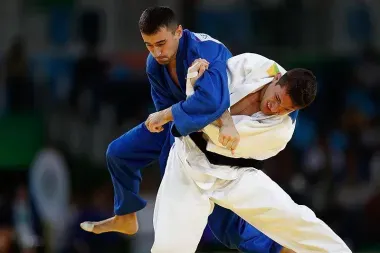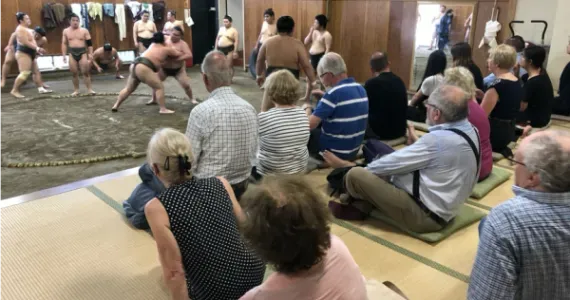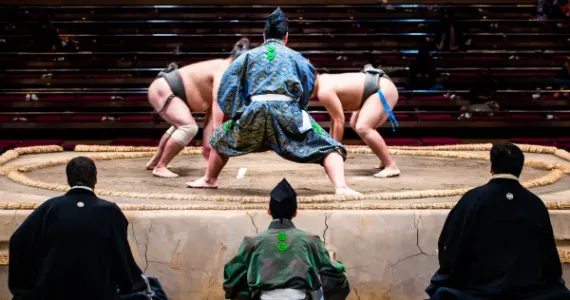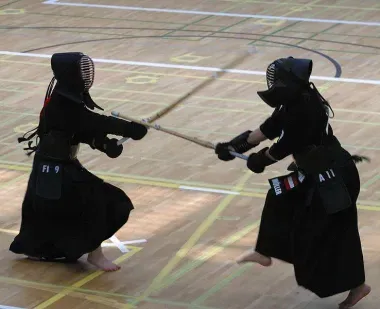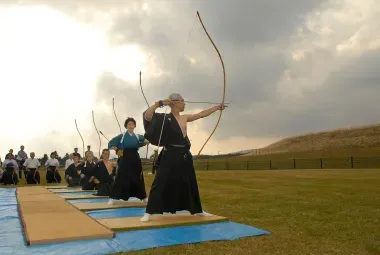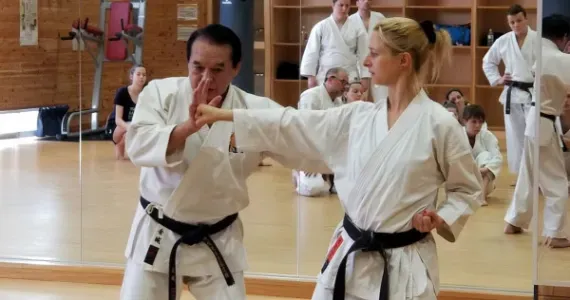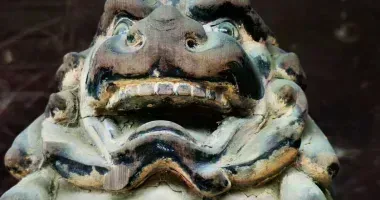Japanese martial arts






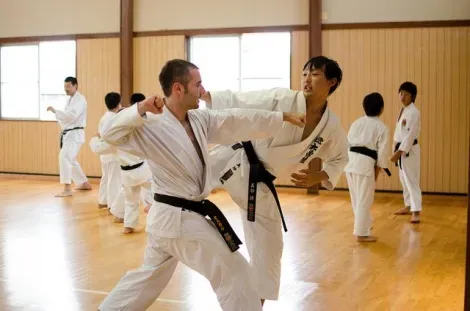
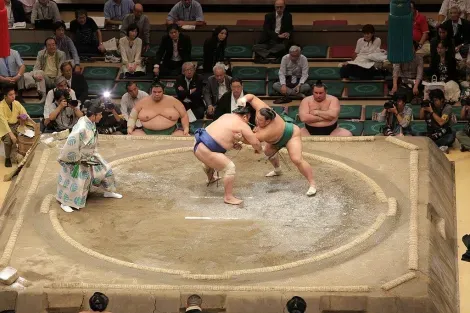

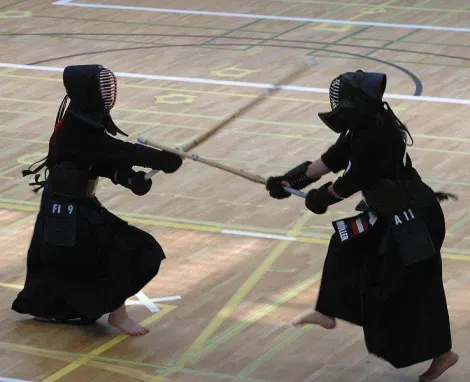
Japan: martial arts and their "ways"
Martial arts are present in many Asian countries: Taekwondo in Korea, Tai-Chi-Chuan in China, Muay Thai in Thailand ... But the Japanese martial arts are the best known and the most practiced throughout the world. A brief overview of the most famous martial arts.
The different Japanese martial arts
Martial arts hold an important place in Japanese culture. Well exported throughout the world, these martial arts relate to three terms: budo, the "way of war", bujutsu, "techniques of war", and bugei, "martial art".
- Read also: The Samurai Museum in Tokyo
The ancient schools of martial arts, where the famous samurai studied and taught, were called Koryu. Nowadays, there are two categories of martial arts: Koryu Bujutsu (old school martial arts) and Gendai Budo (modern martial arts).
Here are the six most famous and prominent Japanese martial arts.
Judô: the most famous
When we talk about martial art, judô is the one that comes to mind first. Today, there are brilliant judokas around the globe. Judo means " the way of flexibility ", and was invented in 1882 by a Japanese monk impressed by the resistance of the thin flexible branches never yielding under the weight of the snow.
Judoka uses throwing, grappling, submission techniques. one of the most popular Olympic sport, it is practiced barefoot and the practitioners are dressed in a judogi (and not a kimono!).
Karate: the most exotic
Karate (or karate-do, the way of the empty hand) was born in the tropical archipelago of Okinawa, today prefecture of Japan but formerly independent kingdom of Ryukyu, with strong Chinese influence (the Shaolin temple). Karate is a skillful blend of offensive and defensive techniques that require multiple parts of the body.
Karate was an Olympic sport for the first time at the Tokyo Olympic Games in 2020.
Sumo: the oldest
Although there are quite a few practitioners outside of Japan, sumo remains known to people around the world - the most famous of them surely being the current Russian Premier, Vladimir Putin. This national wrestling sport is first mentioned in the 8th century.
Sumo (literally "hitting each other") involves pushing your opponent out of the circle or having him touch the ground with a part of the body other than the soles of the feet. If you are going to Japan, do not hesitate to attend the tournaments of this titanic sport, which are held only on odd months.
- Read also: Sumo, a sacred sport in Japan
Witness a morning sumo training in Tokyo!
Book your tickets for the Fukuoka sumo tournament!
Aikido: the most pacifist
Aikido is a recent martial art, created in the 1920s by Morihei Ueshiba, widespread around the world, it consists in using the strength of the adversary to destroy his will to harm. It is the principle of non-violence that is put forward, so it is a sport of self-defense.
This art is incompatible with the idea of competition and is practiced with bare hands or with weapons. It is also closely linked to Shinto rites.
Kendo: the most heroic
Kendo, the way of the sword, is the oldest discipline of budo, the Japanese martial arts. This Japanese version of fencing is practiced with armor and a wooden sword, the bokken, and bamboo, the shinai. Its ancestor, kenjutsu, is one of the eighteen martial arts that the samurai had to practice. Kendo has an important spiritual side, which is intended to strengthen determination.
Today, kendo has become a competitive sport widely practiced around the world.
- Read also: In the footsteps of the samurai
Kyudo: the most patient
Kyudo, the way of the bow, is a form of Japanese archery, influenced by Zen, Confucianism, Taoism, and Shintoism. The practitioner is looking for the perfect movement: reaching the target with his arrow is proof of a balance between a disciplined and harmonized body and mind. Kyudo is very codified; thus, the shooting itself takes place in eight consecutive phases, called " hassetsu ".
- Read also: Yabusame, the bow of the gods
